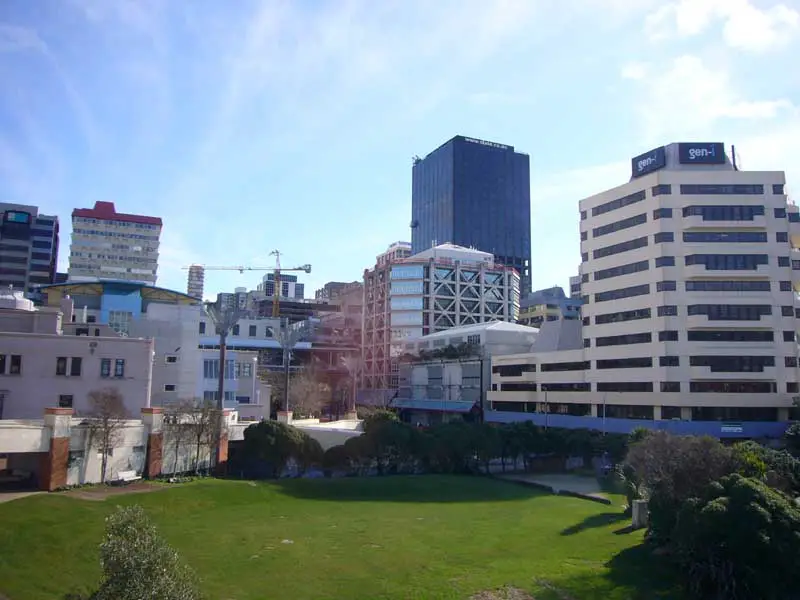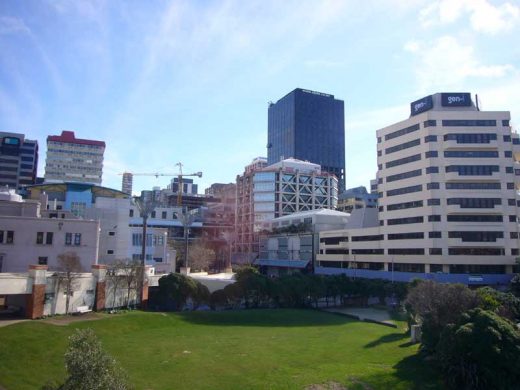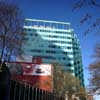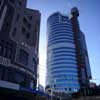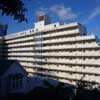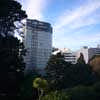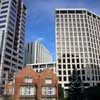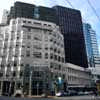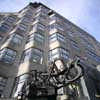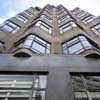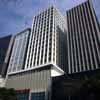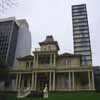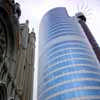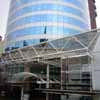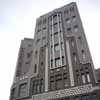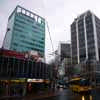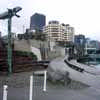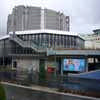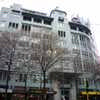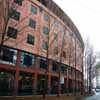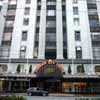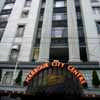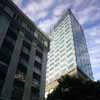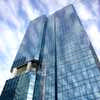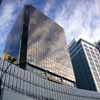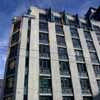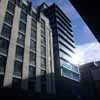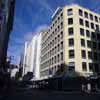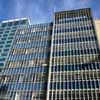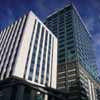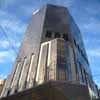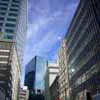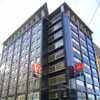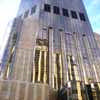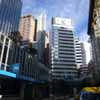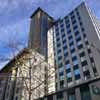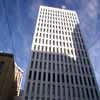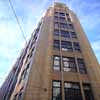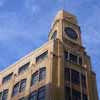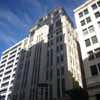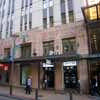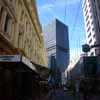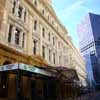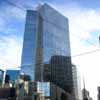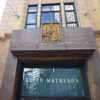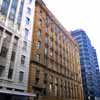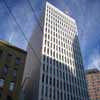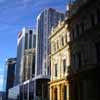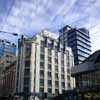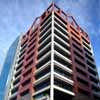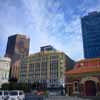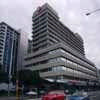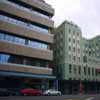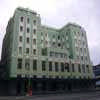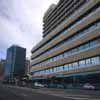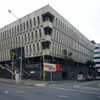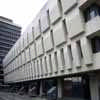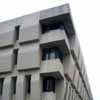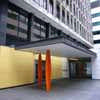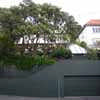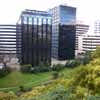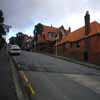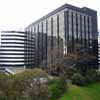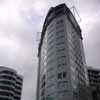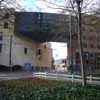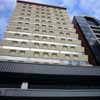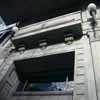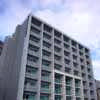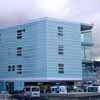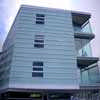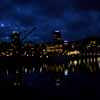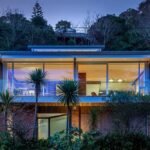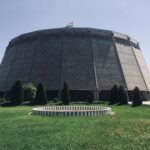Wellington Central Business District Buildings, NZ Architecture Photos, Designs
Wellington CBD Buildings
City Centre Architectural Developments in the capital of New Zealand: Property Design
15 Aug 2007
Wellington CBD Properties
Photos of the Wellington city centre architecture from Aug 2007 by architect Adrian Welch:
Images from centre of city around Wellington Civic Square:
Images around Wellington Central Business District:
Wellington is the capital city and second most populous urban area of New Zealand. It is at the southwestern tip of the North Island, between Cook Strait and the Rimutaka Range.
The urban area is home to 397,900 residents. The city council area has 204,000 people.
The Wellington urban area is the major population centre of the southern North Island, and is the seat of the Wellington Region – which in addition to the urban area covers the Kapiti Coast and Wairarapa.
The urban area includes four cities: Wellington, on the peninsula between Cook Strait and Wellington Harbour, contains the central business district and about half of Wellington’s population; Porirua on Porirua Harbour to the north is notable for its large Māori and Pacific Island communities; Lower Hutt and Upper Hutt are largely suburban areas to the northeast, together known as the Hutt Valley.
Wellington also holds the distinction of being the world’s southernmost capital city.
Wellington includes a variety of architectural styles from the past 150 years – 19th-century wooden cottages, such as the Italianate Katherine Mansfield Birthplace in Thorndon, some streamlined Art Deco structures such as the old Wellington Free Ambulance headquarters, the Central Fire Station, Fountain Court Apartments, the City Gallery, and the former Post and Telegraph Building, as well as the curves and vibrant colours of post-modern architecture in the CBD.
The oldest building in Wellington is the 1858 Colonial Cottage in Mount Cook. The tallest building in the city is the Majestic Centre on Willis Street at 116 metres high, the second tallest being the structural expressionist State Insurance Building at 103 metres.
Futuna Chapel in Karori was the first bicultural building in New Zealand, and is thus considered one of the most significant New Zealand buildings of the 20th century.
Old St Paul’s is an example of 19th-century Gothic Revival architecture adapted to colonial conditions and materials, as is St Mary of the Angels. The Museum of Wellington City & Sea building, the Bond Store, is in the Second French Empire style, and the Wellington Harbour Board Wharf Office Building is in a late English Classical style.
There are several restored theatre buildings: the St. James Theatre, the Opera House and the Embassy Theatre.
Civic Square is surrounded by the Town Hall and council offices, the Michael Fowler Centre, the Wellington Central Library, Capital E (home of the National Theatre for Children), the City-to-Sea Bridge, and the City Gallery.
As it is the capital city, there are many notable government buildings in Wellington. The circular-conical Executive Wing of New Zealand Parliament Buildings, on the corner of Lambton Quay and Molesworth Street, was constructed between 1969 and 1981 and is commonly referred to as the Beehive.
Across the road from the Beehive is the largest wooden building in the Southern Hemisphere, part of the old Government Buildings which now houses part of Victoria University of Wellington’s Law Faculty.
The Museum of New Zealand Te Papa Tongarewa is on the waterfront.
Other notable buildings include Wellington Town Hall, Wellington Railway Station, Dominion Museum (now Massey University), State Insurance Building, Westpac Stadium, and Wellington Airport at Rongotai.
Wellington suffered a big earthquake on the weekend of 20/21 July 2013. People were advised to leave the CBD and only allowed to return on 23 July after engineers checked thousands of buildings for structural damage.
Clean up crews and engineers were about the only people on the streets of central Wellington on 22 July while buildings were checked. Over 2,500 buildings were checked and 35 were found to be suffering damage.
Leading Wellington architects include Frederick Thatcher, Frederick de Jersey Clere, W. Gray Young, Bill Alington, Ian Athfield, Roger Walker and Pynenburg and Collins.
Source: wikipedia
View from Te Papa into city centre, by day & by night:
Location: Wellington, New Zealand
New Zealand Architecture
Contemporary New Zealand Buildings
New Zealand Architecture Designs – chronological list
Wellington Parliament building
Buildings / photos for the Wellington Central Business District Architecture page welcome
Website: Visit New Zealand

